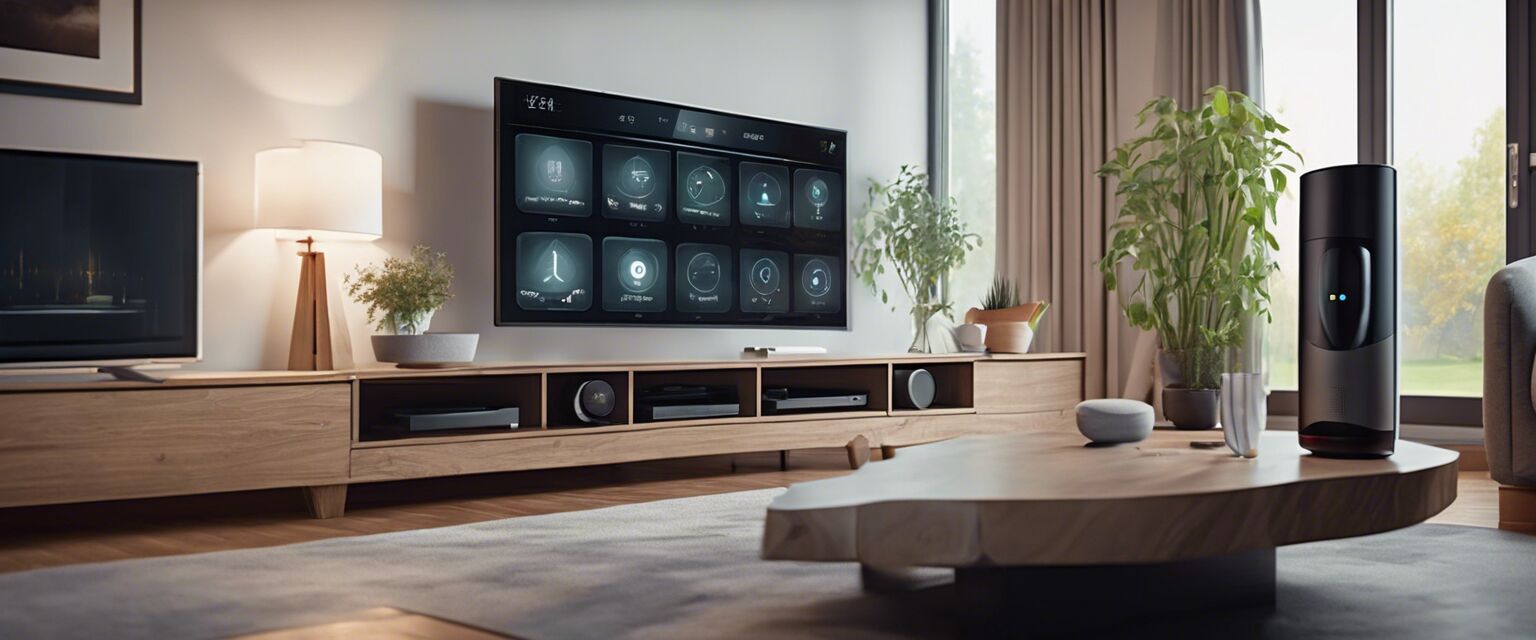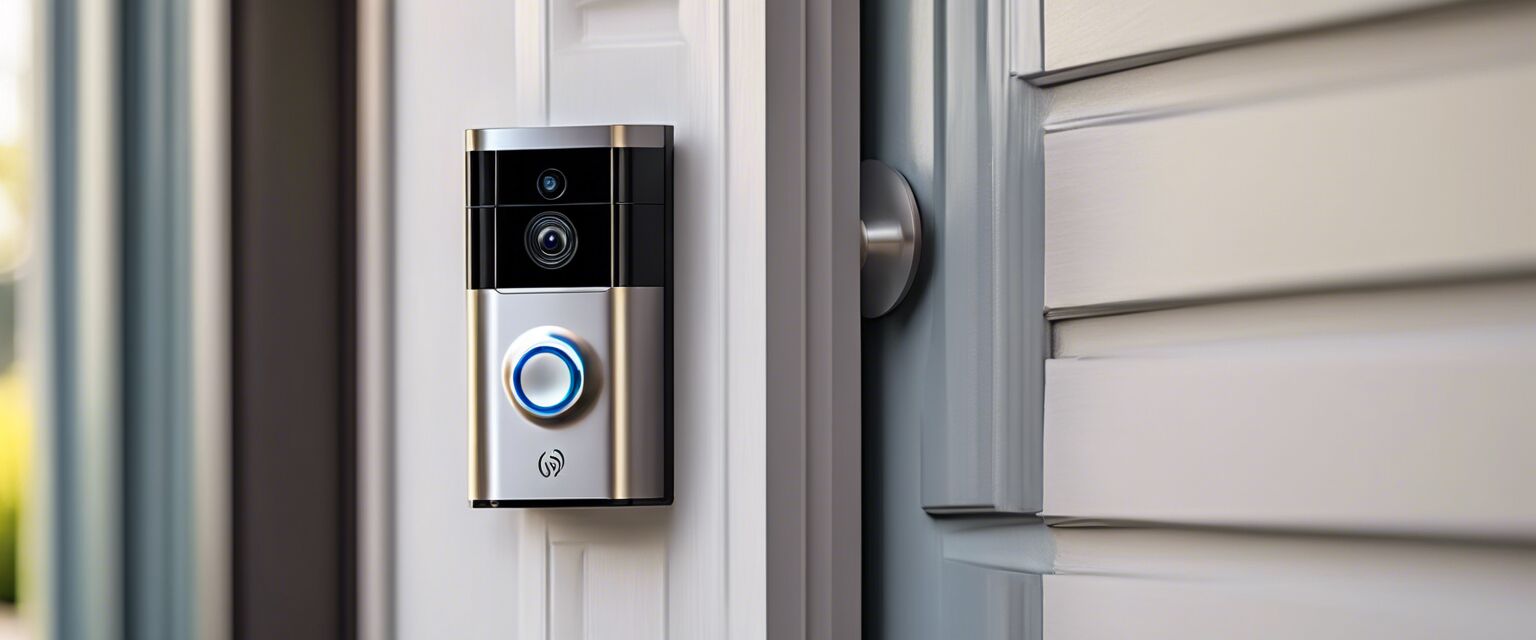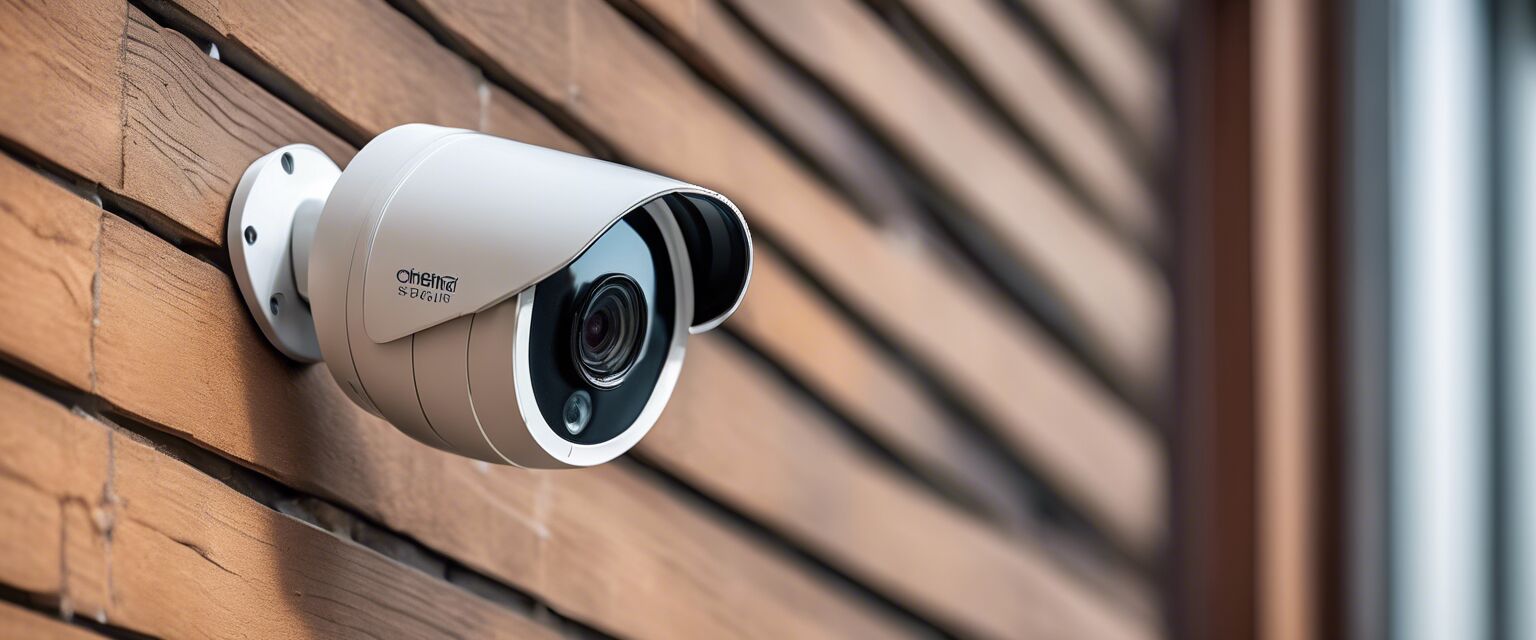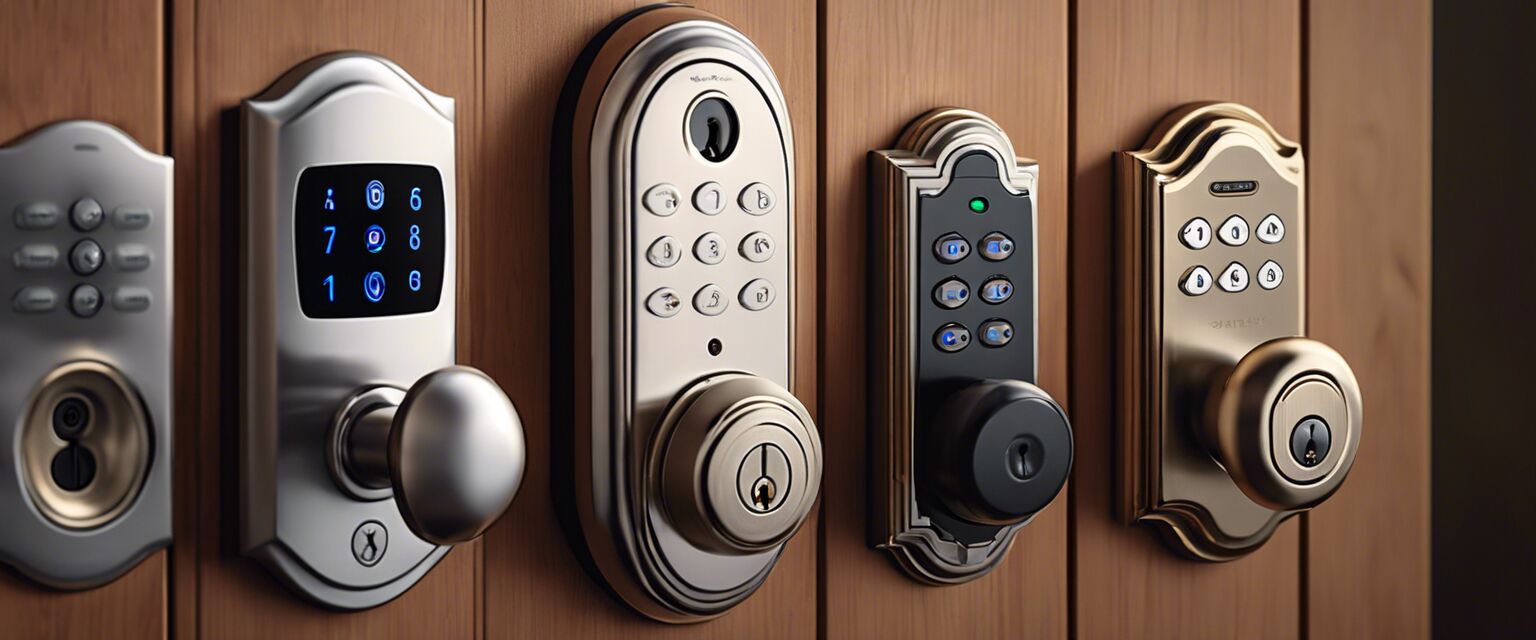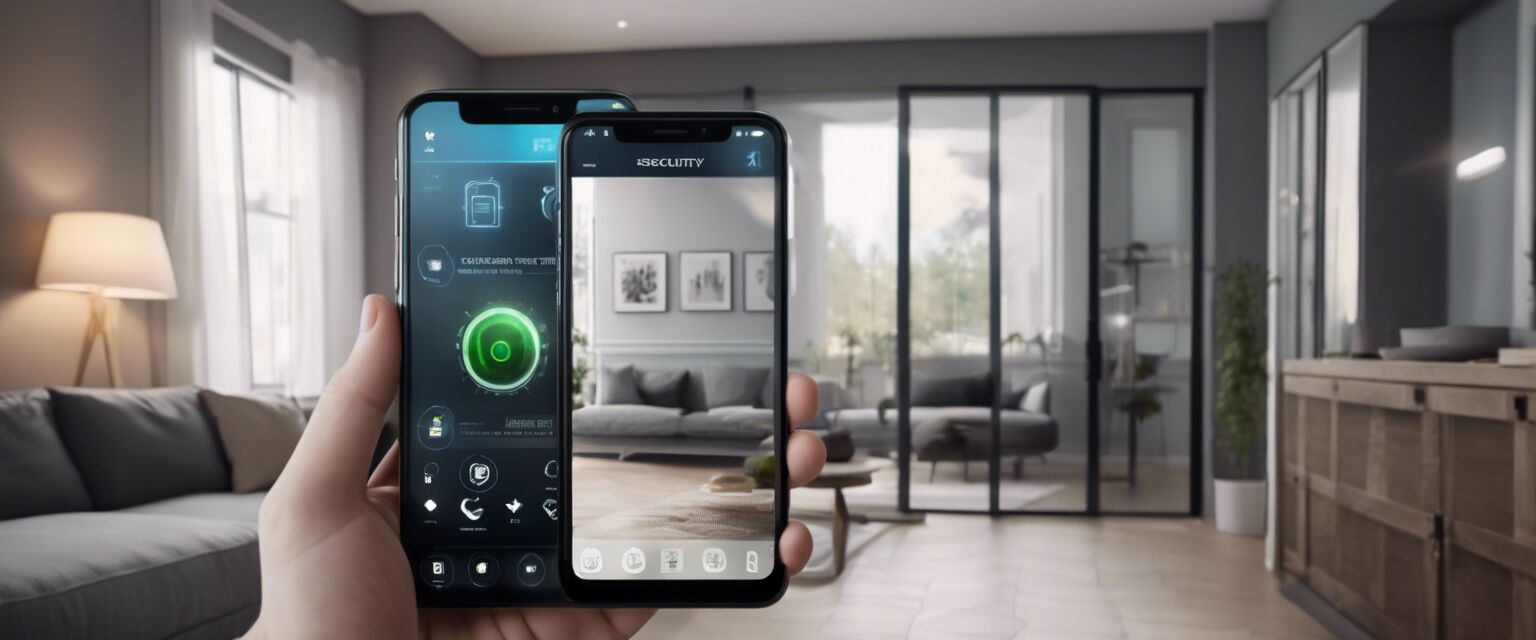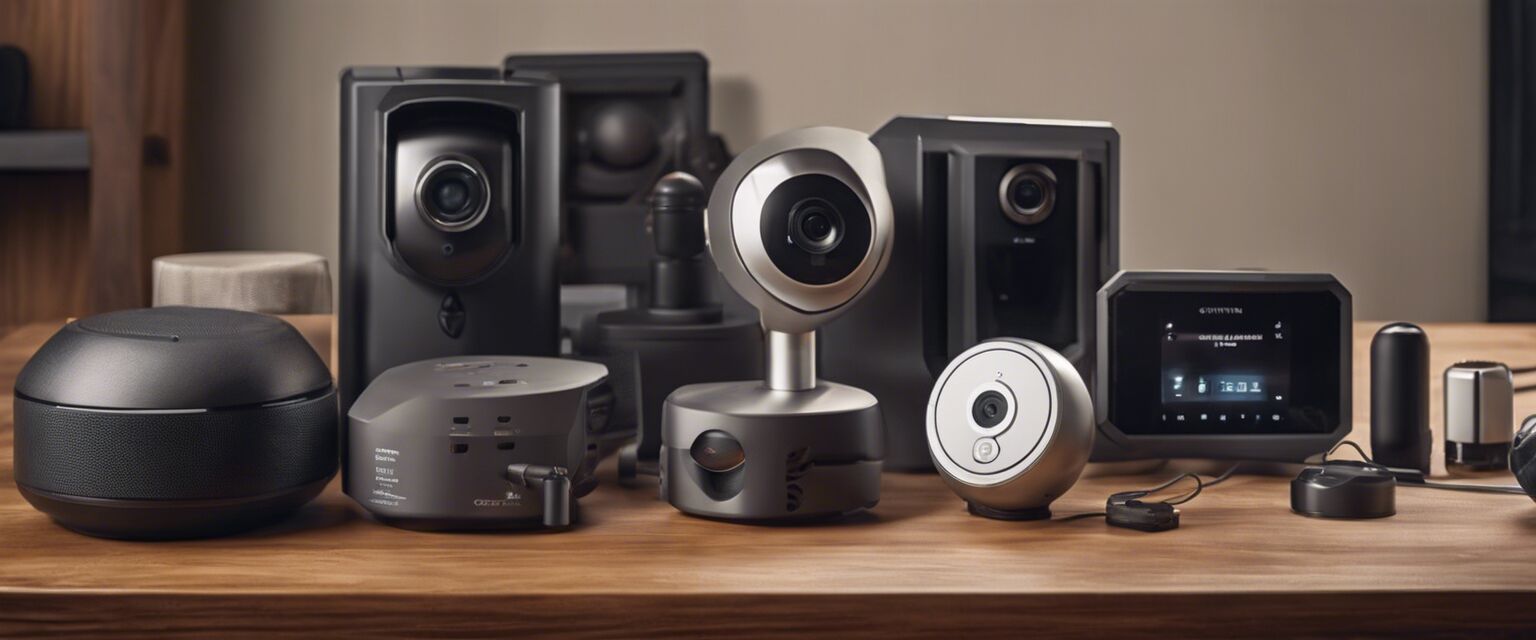
DIY Home Security Systems
Key Takeaways
- Understanding the components of DIY home security systems.
- Choosing the right products for your needs.
- Step-by-step instructions for setting up your system.
- Benefits of a DIY approach versus professional installations.
- Maintenance tips for long-lasting security solutions.
In today's world, ensuring the safety of your home has become a top priority for many homeowners. With the rise of smart technology, DIY home security systems offer an affordable and flexible alternative to traditional security setups. This guide will walk you through the essential components of DIY home security, helping you make informed decisions about the best products and providing step-by-step instructions for installation.
Components of a DIY Home Security System
A comprehensive DIY home security system typically includes several key components:
- Access sensors
- Alarm systems
- Motion sensors
- Smart locks
- Surveillance cameras
- Video doorbells
Choosing the Right Products
When selecting products for your DIY home security system, consider the following:
| Component | Features to Look For | Popular Brands |
|---|---|---|
| Access Sensors | Wireless connectivity, easy installation | Brand A, Brand B |
| Alarm Systems | Smartphone alerts, loud siren | Brand C, Brand D |
| Motion Sensors | Pet-friendly options, adjustable sensitivity | Brand E, Brand F |
| Smart Locks | Keyless entry, remote access | Brand G, Brand H |
| Surveillance Cameras | High definition, night vision | Brand I, Brand J |
| Video Doorbells | Two-way audio, motion detection | Brand K, Brand L |
Step-by-Step Instructions for Setting Up Your DIY Home Security System
Follow these steps to create an effective DIY home security system:
Step 1: Plan Your Layout
Before purchasing any products, assess your home and decide on the best locations for your security devices. Consider entry points, blind spots, and areas that require extra protection.
Step 2: Purchase Your Equipment
Choose quality products based on your earlier research. Invest in reliable brands that offer warranties and customer support.
Step 3: Install Access Sensors
Install access sensors on doors and windows. Most sensors come with adhesive backing for easy installation. Ensure they align properly to detect any unauthorized openings.
Step 4: Set Up the Alarm System
Follow the manufacturer's instructions to connect your alarm system. This typically involves mounting the panel in a central location and connecting it to your Wi-Fi network.
Step 5: Install Motion Sensors
Position motion sensors in high-traffic areas of your home. Make sure they are out of reach and not obstructed by furniture.
Step 6: Install Smart Locks
Replace your existing door locks with smart locks following the manufacturer's instructions. Make sure to test the locking mechanism after installation.
Step 7: Set Up Surveillance Cameras
Mount your surveillance cameras at strategic locations. Ensure they cover all entry points and provide adequate visibility of your property.
Step 8: Install Video Doorbells
Replace your traditional doorbell with a video doorbell. Follow the installation guide to connect it to your Wi-Fi and set up notifications on your smartphone.
Benefits of DIY Home Security Systems
DIY home security systems come with several advantages:
- Cost-Effective: Save money on installation fees and ongoing monitoring costs.
- Customization: Tailor your system to meet your specific needs and preferences.
- Control: Have full control over your security measures and can easily make changes as needed.
- Scalability: Easily expand your system by adding more devices as your security needs grow.
Maintenance Tips for Your DIY Home Security System
To ensure your system remains effective, follow these maintenance tips:
- Regularly check batteries and replace them as needed.
- Test all sensors and alarms monthly to ensure they are functioning correctly.
- Update software and firmware for all devices to keep them secure.
- Review camera footage periodically to ensure cameras are capturing the right areas.
Pros
- Flexibility to customize the system based on personal needs.
- Lower overall cost compared to professional installations.
- Ability to expand the system easily over time.
Cons
- Requires some technical knowledge for setup and maintenance.
- No professional monitoring unless additional services are purchased.
- Potential learning curve with smart technology.
Conclusion
DIY home security systems offer a practical and customizable solution for homeowners looking to enhance their security. By understanding the components, choosing the right products, and following the installation steps, you can create a robust security system tailored to your needs. Embrace the DIY approach and take control of your home security!
Tips for Beginners
- Start small with essential components before expanding your system.
- Read product reviews and guides to make informed choices.
- Donât hesitate to reach out to customer support if you encounter issues during installation.

